Users Who Spiked
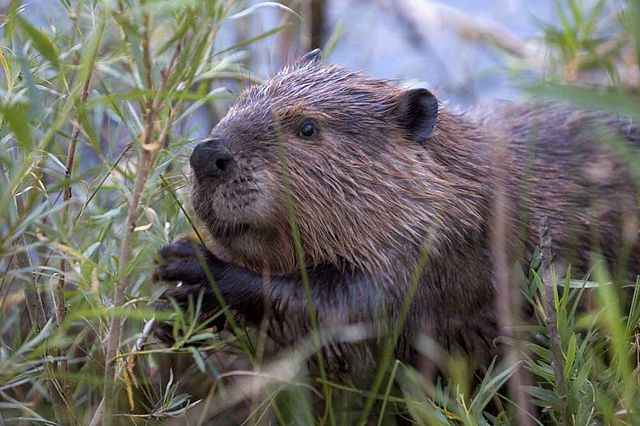
ORCHIDS AND BEAVERS ARE SO VANILLA
Private Notes
Private Notes
Notes
It is an irritating but true fact that I am the offspring of a professional landscaper and a masterful gardener who couldn't keep a houseplant alive to save her life. I've tried all of the plants that people tell me are impossible to kill - cacti, succulents, rosemary, and philodendrons - to no avail. I'm pretty sure that the moment I touch a potted plant it begins to wither and die. It's ironically appropriate that I've had two jobs now where my main duty was to kill plants in various ways. Perhaps that's why I enjoy botanic gardens so much or maybe it's because visiting a conservatory is cheaper than a trip to the Amazon.
The Denver Botanic Gardens has a lovely conservatory that I used to visit every Sunday like going to church. I became familiar with all of the vines and trees and gingers growing in it and had learned so much by the time I left Colorado that I could have lead tours of the place. It's one of the places I sorely missed after moving to Georgia. Atlanta has a really nice botanic garden too, which I encourage visiting if you can afford it. Sadly, I could only afford to go once, but I remember the trip well. Inside one of the many rooms of tropical plants, one gardener was very excited. She kept waving people over and pointing their gaze upward at the climbing orchid that was blooming. She was excited because a vanilla orchid only opens its flower for a single day.
Vanilla orchids are, of course, where we get vanilla from. There are currently three types of orchids that are commercially grown for vanilla around the world and they all descended from one species in Mesoamerica (the area that's now mostly Central America). We've been growing vanilla for centuries, but it's a tricky thing to harvest. During the one day that the flower is open, it must get pollinated. After that happens, the flower closes up and produces a pod-like fruit. That fruit is called a vanilla bean, although it's not technically a bean at all. There is a very small window when that fruit is ripe for the picking and it has to be picked by hand. The flavoring used to add sweetness to chocolate, cream fillings, cakes, and cookies is extracted from the fruit. Because harvesting and curing vanilla is so labor intensive, it's the second most expensive spice in the world.
The scent and flavor of vanilla are used in a ton of products. It's found in candles and perfumes, used to boost the deliciousness of chocolate, cakes, creams, and cookies, and even has medicinal uses. Vanilla has been said to remind us of our mothers. That could be because the compounds found in vanilla can be passed through breastmilk. There was even a study done by scientists in Philadelphia (Mennella & Beauchamp, 1996), that showed infants nursed longer when their moms consumed vanilla. It's said to have antioxidant properties and is used as an aphrodisiac. So with all of this vanilla consumption, how can the expensive, tricky orchid meet the demand?
Well, it can't and that's where a very disturbing fact about beavers comes into play. I like beavers. These large, aquatic rodents are a fine example of natural ecosystem engineers. They're pretty cool looking too with their flat tails and tree-gnawing incisors. Beavers also have castor sacs, located near the base of those cool flat tails. Castor sacs produce castoreum, a secretion that smells strongly of…vanilla. For the past 80 years or so, the food and perfume industries have been slipping castoreum into their products. Since those castor sacs are located so near the beaver's anus, castoreum can also often have anal gland secretions and urine in it too. The FDA (quickly becoming one of my favorite federal organizations, she said sarcastically) does not require a product containing castoreum to list it as an ingredient. Instead, they can just slap on the phrase "natural flavoring" and call it good.
That's probably not something most people really want to know. After all, learning that they may be eating beaver anal secretions is likely disturbing to most. For vegans, however, it's even less pleasant. Learning that beavers don't exactly secrete their castoreum willingly and that they have to be put to sleep to have their glands "milked" pretty much equals a full stop. While a lot of vegans choose that diet for health reasons, plenty of them do it out of concern for the animals. I'm not vegan myself but often aspire to be. I'm a chronic label-checker and boycotter of animal-tested products. So, when I first heard about the association between beavers and vanilla, I was incredulous. Surely, it must be an urban myth. The person who told me, I thought, must have been misled or just misinformed. But, being also a chronic researcher, I have confirmed from several sources this most unpleasant fact about my favorite ice cream flavor.
There's actually a third way to get the flavor of vanilla. It's through a synthetic product called vanillin. It's a byproduct from papermaking. That's because paper is largely made from wood, which contains a compound called lignin. When lignin is broken down, it releases vanillin.
So how do you know if you're getting orchid pods, castoreum, or synthetic vanillin? According to an article (https://www.smithsonianmag.com/science-nature/bittersweet-story-vanilla-180962757/) in the Smithsonian, less than 1% of the vanilla in the world comes from the orchids and about 85% comes from petrochemicals. An article by Mental Floss (http://mentalfloss.com/article/501813/brief-history-castoreum-beaver-butt-secretion-used-flavoring) is reassuring, indicating that even less flavoring comes from castoreum than it does from orchids and that we're more likely to come across it in perfume. Wait…petrochemicals? I hope I don't get a reputation for ruining people's favorite foods.
Comments
Please login to post comments on this story
-
Very interesting, thanks for sharing your knowledge!
-
That's a very interesting, albeit gross, fact about beavers. Though I did not know there were more than one way to obtain vanilla taste/scent so thanks for sharing!
-
I am not sure I wanted to know some of this haha.
-
Wow...I hope that this doesn't mean that I enjoy the flavor of beaver anal secretions. I think I will pretend I never read this one lol
-
I did happen to check the ingredients of Bert's Bees Vanilla Bean lip balm while I was in line at the store the other day. I can confirm that the ingredients list indicates use of actual vanilla plant extract and not "natural flavors." So, at least you're safe there. LOL
-


















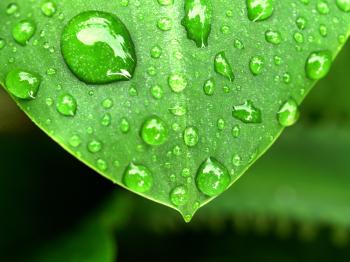



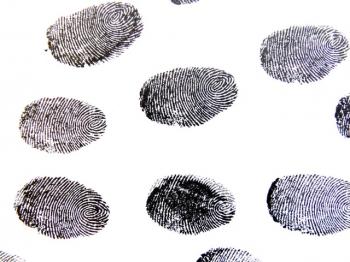

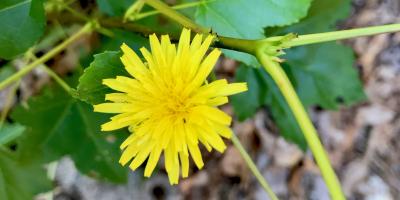
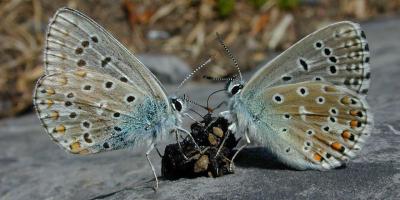





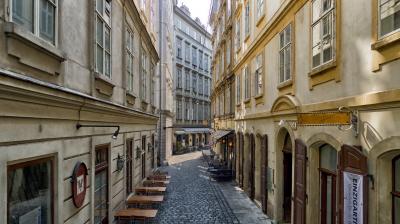
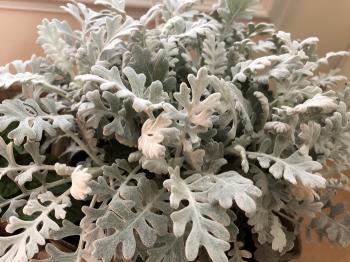

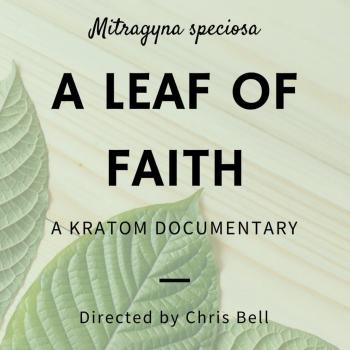
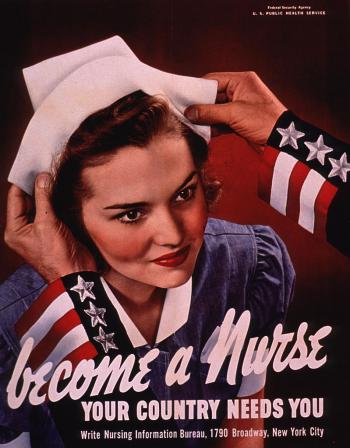
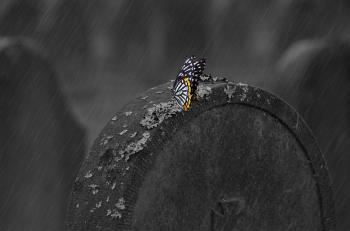

Thanks! I kind of feel like I did a bad job with this one. I certainly hope I didn't spoil vanilla for anyone. I meant it to be a story about how lovely the vanilla orchid is, but it took a weird turn.